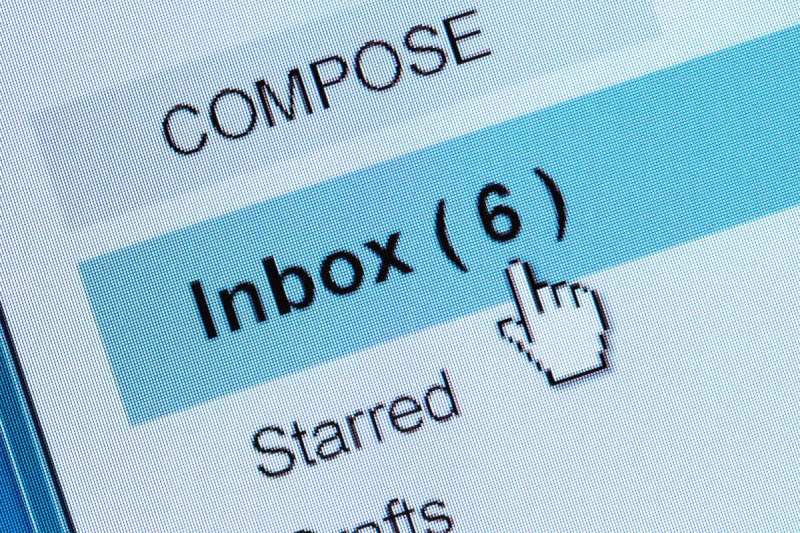Now that we’re a week into the new year, all of last year’s broken things in your Sugar Land biz have likely smacked you in the face a few times. Sadly, they didn’t magically get fixed while you were cleaning up wrapping paper and sneaking another sugar cookie.
But it’s a new year, so why not make plans now to fix a few of those pain points? I’ve seen some pretty good — and really bad — new year’s resolutions from business owners over the years. A few of the more useful ones that are worth sharing:
- Start (and end) meetings on time.
- Encourage your team to use their vacation time (and do the same for yourself).
- Invest in your own personal development to grow in a skill you need.
- Refresh or outsource your online marketing.
- Set aside budget to explore time- and money-saving technology.
- Look hard at improving your company culture.
- Put deadlines on your goals.
- Work with your accountant to make realistic financial goals and plans to reach those goals in the coming year.
Set an appointment here for that last one:
calendly.com/anna-tncpa/discovery
And if you’re like me, you’re highly motivated right now to implement better email inbox management, after digging out of your holiday-lagged inbox last week. It’s a new year, and since we’re already talking about resolutions, let’s explore some lesser-known strategies to help you better manage this annoying-but-essential tool of business communication.
Even baby steps here count.
Email Inbox Management for Sugar Land Business Owners
“The reason I’ve been able to be so financially successful is my focus has never, ever for one minute been money.” ― Oprah Winfrey
You probably spend more hours per day on email than you think. The 361.6 billion emails sent per day in 2023 (!) means that the average office worker spends 2.5 hours per day answering emails. And since roughly 55 percent of all emails are spam, email inbox management strategies are desperately needed. (Sources: Statista, McKinsey)
You know this. You also know you can’t nix email altogether so let’s explore some strategies that others aren’t talking about much.
The Eisenhower Matrix for Email Prioritization
One method for email management is the Eisenhower Matrix, a well-known tool for prioritizing tasks. You might not have considered applying this matrix to help you streamline your email inbox management. And since Gmail offers specific tools to facilitate this approach, I’m including tips for that platform alongside.
This method involves categorizing emails into four quadrants: urgent and important, important but not urgent, urgent but not important, and neither urgent nor important. By sorting your emails into these categories, you can prioritize responses and focus on what truly matters, reducing the time spent on less critical messages.
Urgent and Important (Quadrant 1): Emails in this category require immediate attention. Use Gmail’s “Priority Inbox” feature to automatically categorize these messages. By setting up filters based on keywords, senders, or specific criteria, you can ensure that crucial emails appear prominently at the top of your inbox.
Answer these emails first, and immediately if possible.
Important but Not Urgent (Quadrant 2): These emails should not be buried. Gmail’s “Star” and “Snooze” features can be your allies here. Star important emails to mark them for later reference, and snooze less urgent ones to resurface them at a time when you can give them your full attention.
Answer these emails on your own schedule, but not right away.
Urgent but Not Important (Quadrant 3): Too often, we find ourselves caught up in emails that seem pressing but don’t contribute significantly to our business goals. This is important to address as a business owner. So use Gmail filters to automatically categorize emails from less important sources. This keeps your primary inbox reserved for genuinely urgent matters.
Answer these emails if you have time, or even better – delegate them.
Neither Urgent nor Important (Quadrant 4): Gmail’s “Promotions” and “Social” tabs are a built-in solution for these non-essential emails. Just allow Gmail to automatically sort these marketing and social media notifications for you.
Don’t answer these emails, but you can skim or share them as you have space.
Email Hibernation
Another game-changing method in the world of email inbox management is email hibernation. You’ve probably heard of this strategy, but I’m including a few extra practical ideas for its implementation.
The basic idea is that instead of being constantly tethered to your inbox, you allocate specific time blocks in your day to deal with emails.
Set Email Checkpoints: Designate two or three specific times during the day when you’ll check and respond to emails. This could be in the morning, after lunch, and before you wrap up for the day. Not rocket science but highly effective.
Enable Notifications at Designated Times: Adjust your email notifications to sync with your checkpoints. This way, you’re only alerted to new messages during your chosen times.
Communicate Your Schedule: This is a big one for Houston business owners. Let your team (and important contacts, if possible) know about your email hibernation schedule, so they can adjust their expectations accordingly. Encourage your staff to do the same.
The big win here is that you can focus more on essential tasks and minimize the interruptions that a constantly pinging inbox can bring.
You can regain control over your inbox and free up time for what truly matters. While my team doesn’t specialize in communications management per se, we do specialize in helping you navigate the challenges of entrepreneurship and achieve your financial goals. Reach out to talk through your biggest financial challenge right now:
calendly.com/anna-tncpa/discovery
So, which of these email inbox management strategies will you implement this year?
Tina Nguyen


